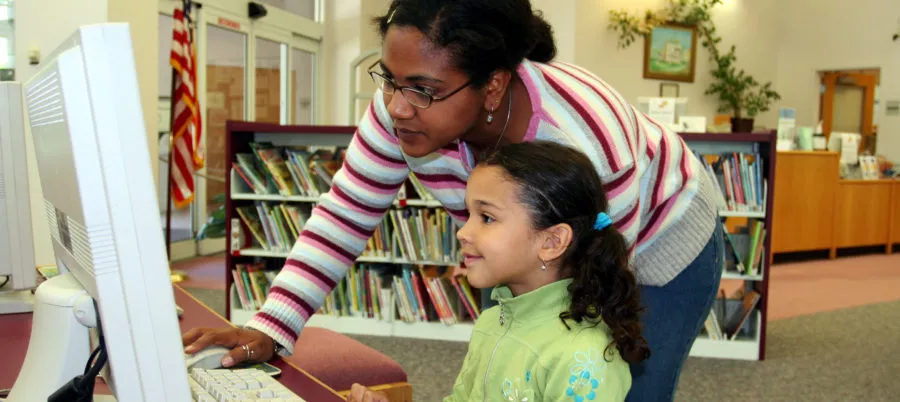Veronica Miranda-Pinkney, a San Jose, California, elementary school teacher, says we need to change our mindset about having English Language Learners (ELLs) in our classrooms.
“We can’t keep doing things the same way,” she says. “Their linguistic and cultural needs demand that we change how we view them, teach them and push them.”
ELLs are the fastest growing demographic in our public schools, but many educators aren’t prepared with the latest research and best practices to support this population.
“Educators need a convenient, meaningful way to gain knowledge so that these students can receive the best education possible,” says Pinkney, who is also an instructor in NEA’s Blended Learning Program.
Assessing, Accommodating, and Aquisition
Teachers of ELLs need to evaluate the reliability of assessments and create appropriate accommodations for their students. With that in mind, NEA’s Blended Learning series will support them through the intentional design, creation, and evaluation of assessment tools for classroom use so that results best reflect content knowledge, as well as language ability of ELLs.
There are five courses in the ELL series including:
- Assessments
- Culturally relevant pedagogy
- Advocating for ELLs
- Stages of second language acquisition
- Standards-based instruction and lesson development
The learning series focuses on the need for educators to not only be teachers of content, but of academic language as well. They’ll finish the program with an understanding of how to support both ELL access to challenging curriculum along with English language development.
A Two-Part Approach
Blended learning combines traditional face-to-face meetings with the flexibility of online learning tools. And, for member cohorts who are working together, NEA’s blended learning courses are designed to enhance collaborative professional learning and the creation of professional learning communities.
“One of the advantages of blended learning is that it’s catered to educator’s individual needs. It is not a one size fits all professional development that we as educators are sometimes forced to sit through,” says Pinkney.
Each learns how to address the problems they face in their own classrooms.
“This isn’t just busy work -- the educators get meaningful readings and assignments relevant to their ELL students,” she says. “Blended learning is a win-win for teachers as they are expanding their knowledge of strategies to better serve ELLs while getting personal attention to deal with real issues.”
For more information contact [email protected] or [email protected]



